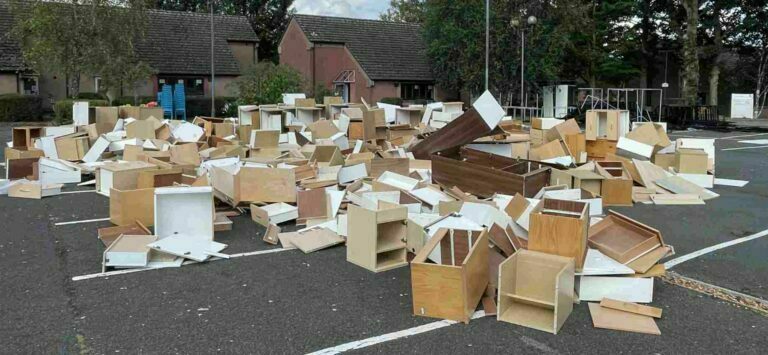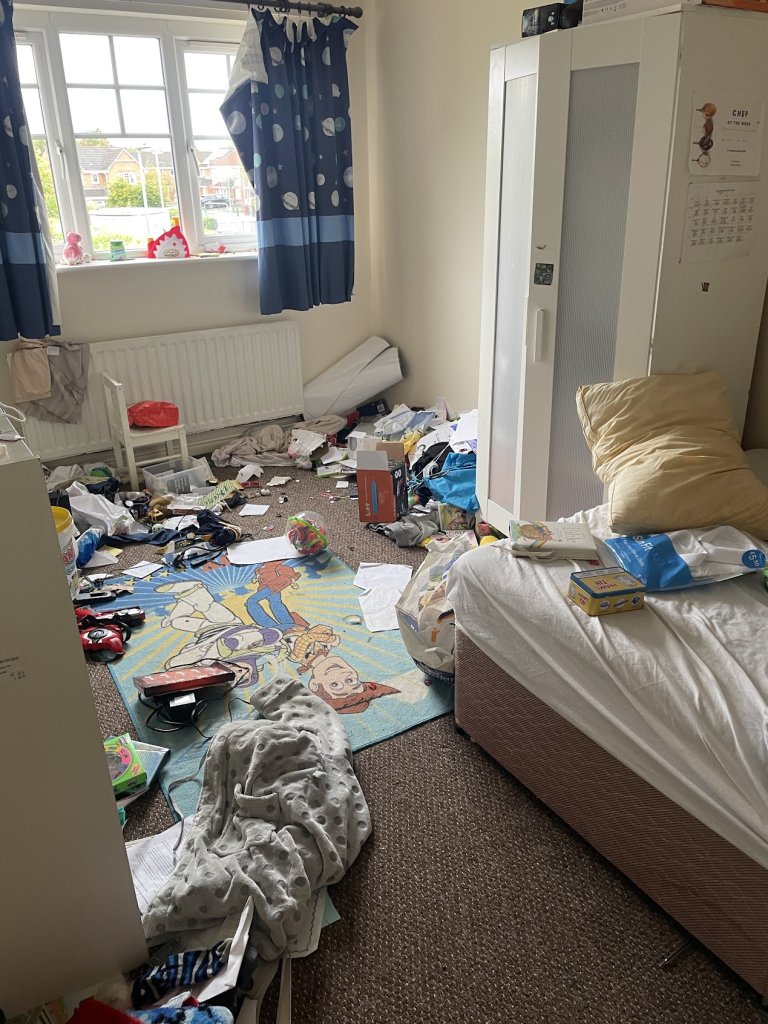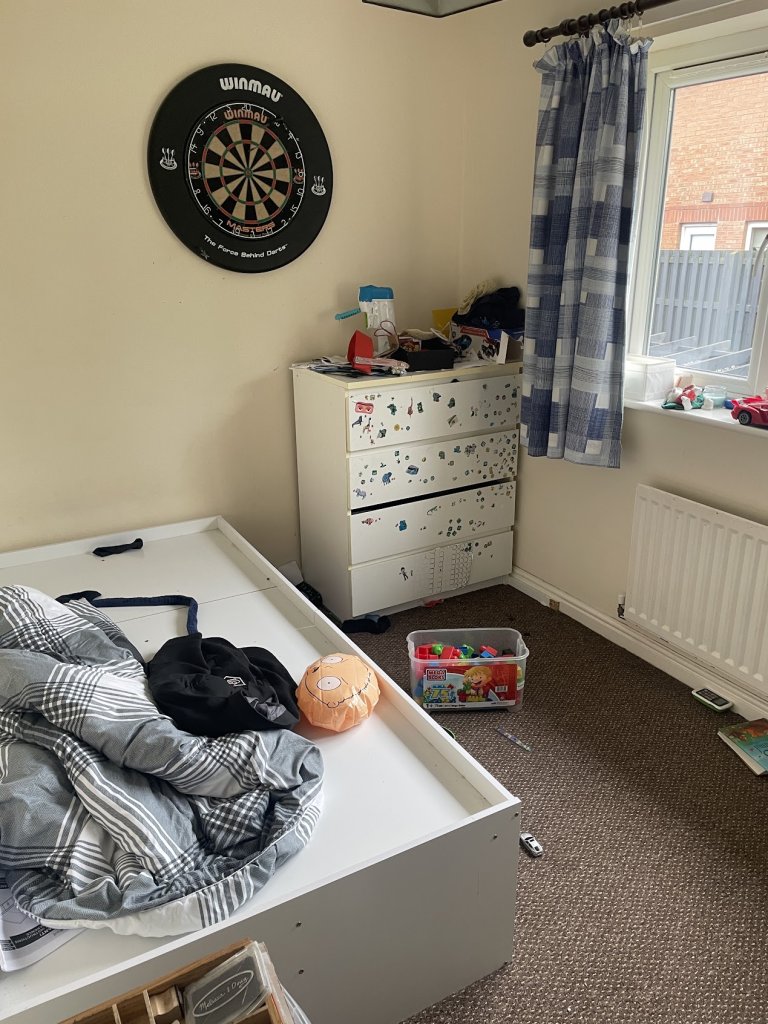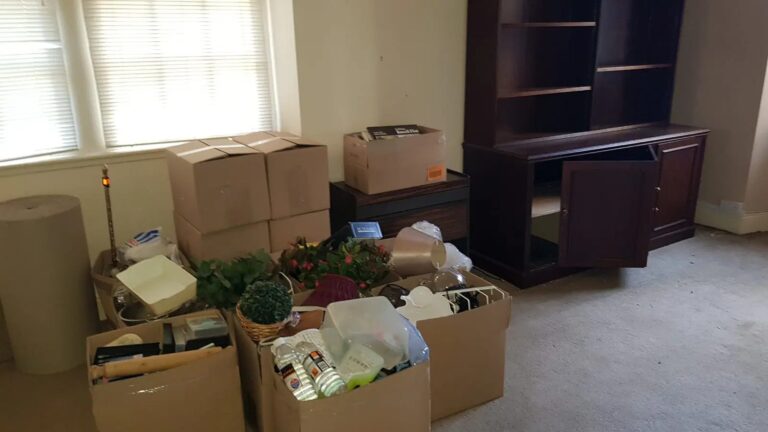How do you deal with a cluttered house
The Negative Effects of Living in a Cluttered House
Does your living space feel more like an obstacle course than an oasis because your house is cluttered? Clutter is a silent thief, robbing us of peace, productivity, and even physical health. Here’s why decluttering your home is an investment in your well-being:
- Stress Sanctuary vs. Anxiety Amplifier: Disorganization fuels stress and anxiety. A cluttered environment bombards the senses, making it difficult to relax and unwind.
- Breathe Easy: Dust mites and allergens thrive in clutter, exacerbating respiratory problems like asthma and allergies.
- Focus & Flow: Clutter disrupts concentration, making it harder to complete tasks and hindering productivity.
- Family Harmony: A cluttered space can become a source of friction and arguments within families.
- Lost Opportunities & Time Wasters: Ever lose your keys or miss an important document buried under a mountain of stuff? Clutter steals time and creates frustration.
Research confirms the link between a decluttered space and improved mental health. Studies show a connection between clutter and poor sleep quality, weight gain, and even increased cortisol (stress hormone) levels.
Break Free from Clutter’s Grip! Decluttering doesn’t have to be overwhelming. Start small, tackle one area at a time, and create organizational systems that work for you. Consistency is key! Regular decluttering fosters a calm, organized environment that promotes efficiency and well-being.
Take action today! Embrace the joy of an organized space. Declutter your home and reclaim your peace of mind. Don’t let clutter control your life! Become a master of organization, not a victim of chaos.
Organizational Strategies to Declutter Your Home
Feeling overwhelmed by clutter? You’re not alone! But don’t despair – transforming your space from chaotic to calm is achievable, even if your house is cluttered. Here’s your action plan:
Tame the Trouble Spots: Identify and clean a cluttered room in your home as a starting point. Begin by making a list of the most cluttered areas in your home. Focus on these zones one at a time, breaking down the decluttering process into manageable chunks.
The Sorting Symphony: Within each zone, create a sorting system with three categories: keep, donate, and discard. This simple decluttering tip can significantly reduce clutter. Be ruthless in your approach to tackle each cluttered room! Items that spark joy can stay, while the rest can find a new home through donation or responsible disposal.
Storage Solutions: Once you’ve sorted, invest in storage solutions to keep your organized haven in tip-top shape. Clear containers with labels make it easy to identify and locate belongings, preventing clutter from creeping back in.
Daily Decluttering Habits: Sustainability is key in choosing products that help rather than hinder your decluttering project. Develop simple daily habits like putting things back in their designated spots and tidying up after use. Consistency is your friend in maintaining a clutter-free environment.
It’s Personal: choose one room in your home to start your decluttering project. Remember, decluttering is a personal journey. Experiment and find the methods that work best for you. There’s no one-size-fits-all approach – what matters most is creating a space that reflects your unique needs and promotes well-being.
The Science Behind the Declutter: Research by The Guardian highlights the negative impact of clutter on our mental health, linking it to increased stress and anxiety. By decluttering, you’re not just taming the mess; you’re investing in your overall well-being.
Embrace Minimalism: A powerful decluttering project that can transform even the most cluttered house. So, when faced with clutter, adopt a minimalist mindset. Keep only what brings you joy or serves a purpose. By letting go of excess, you create a space that fosters peace, productivity, and a calmer you.
Practicing Minimalism: Simplify and Streamline
- Declutter: Systematically go through each room and get rid of items no longer useful. Donate, sell, or recycle to create more space.
- Organize Zones: Making each area of your home specifically designated can alleviate a clutter problem. Divide home into zones based on functionality. Assign areas for different activities. Create a reading corner, workspace, or relaxation spot. Everything has its place.
- Efficient Storage: Invest in smart storage to maximize vertical space. Utilize shelves, baskets, and bins. Keep items organized and avoid clutter.
- Mindful Purchasing: Practice mindful consumerism to avoid the clutter problem in the future. Carefully consider each purchase before bringing it into home. Ask yourself if you need it and if it aligns with minimalism.
- Digital Decluttering: Clear out digital clutter. Organize files, delete apps, and unsubscribe from emails. A clean digital environment promotes mental wellbeing.
- Minimalism Linked to Stress Reduction: According to a study by The Journal of Positive Psychology, individuals embracing a minimalist lifestyle experience decreased anxiety and increased calmness.
- Transform Cluttered House: Implement these strategies and embrace minimalism. Turn your cluttered house into a peaceful sanctuary that promotes productivity and wellbeing. Hide your junk so well it becomes a game of ‘Find the Clutter’ for guests!
Establishing Effective Storage Solutions
Does your living space resemble a battlefield more than a haven? Don’t despair! Storage solutions are your secret weapon in the fight against clutter. Here’s a powerful 3-step guide to create a functional and organized home:
Step 1: Assess & Conquer:
- Needs Analysis: Start by taking stock of your belongings. Sort items based on frequency of use. Invest in storage solutions like bins, shelves, and cabinets, prioritizing items used most frequently for easy access.
Step 2: Maximize Every Inch:
- Vertical Advantage: Utilize unused wall space! Install wall-mounted shelves, cabinets, or hanging organizers. This maximizes space efficiency and adds a stylish touch to your décor.
Step 3: Unlock Hidden Gems:
- Think Outside the Box: Explore hidden storage opportunities – under-bed containers, ottomans with compartments, a decluttering tip that also enhances your decor, and over-the-door organizers can be your secret weapons against clutter in a messy house.
Bonus Tips for Lasting Success:
- Declutter Regularly: Schedule regular decluttering sessions (monthly is ideal) to prevent clutter from accumulating.
- Labeling is Key: Clearly label all storage containers and shelves for effortless item identification and organization maintenance.
- Seasonal Swaps: Store seasonal items in labeled containers during off-seasons to free up valuable space.
By following this simple 3-step process and incorporating the bonus tips, the organization will become second nature. Commit to these practices for a long-lasting transformation of your living space, from chaotic to calm and functional.







